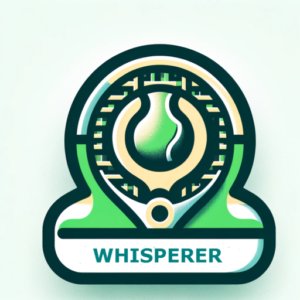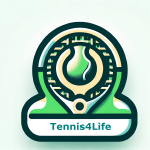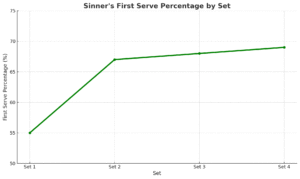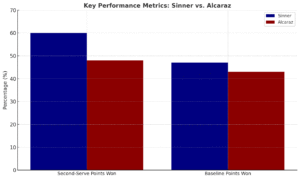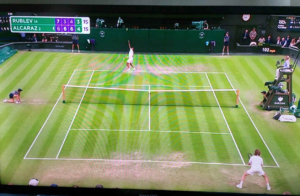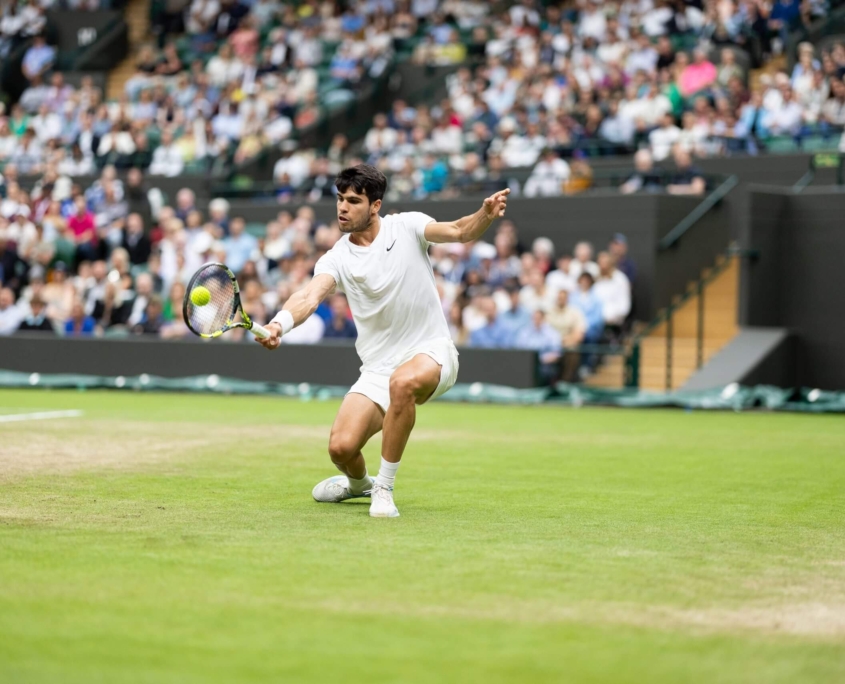Why UTR Ratings Are Misleading
Why UTR Ratings Are Just As Misleading as Golf’s Rankings
Jon Rahm is ranked world No. 72. Cameron Smith is 202. Yet both are major champions. These aren’t obscure names—they’re top-tier talents who’ve dominated on golf’s biggest stages. But thanks to the absurd exclusion of LIV events from the Official World Golf Rankings (OWGR), their current rankings paint a totally false picture.
Sound familiar? It should—because tennis has its own version of this misdirection: the Universal Tennis Rating (UTR).
The Illusion of Objectivity
On paper, UTR sounds fair—rating players solely based on who they beat and how competitive their matches are. But in reality, UTR is shaped by access, exclusivity, and systemic blind spots, just like OWGR. If you’re playing in isolated leagues or tournaments that don’t feed into the UTR ecosystem—like LIV in golf—your rating won’t reflect your true ability.
This makes the UTR an incomplete and exclusionary measure, not an accurate representation of the competitive landscape.
UTR’s Hidden Biases
-
Reward bravery over safety – Encourage juniors to take risks, play up divisions, and compete without fear of losing points.
-
Celebrate learning, not just winning – Focus on growth from tough matches, new tactics, and developing all-court skills.
-
Prioritize challenges over comfort – Select tournaments and training environments that stretch players, even if results suffer temporarily.
The result? A distorted “ranking” that ignores context, just as OWGR fails to reflect Rahm or Smith’s elite status due to non-recognition of LIV events.
The Core Problem: Gatekeepers
In both tennis and golf, rankings are dictated by gatekeepers. In OWGR, it’s the PGA and DP World Tour blocking LIV results. In UTR, it’s a limited approval of what counts as “valid” competitive data.
These systems aren’t measuring performance as much as validating participation in an elite club.
What It Means for Tennis
If tennis relies too heavily on UTR to determine tournament entry, seeding, or development paths, we risk marginalizing deserving players—just like the majors might exclude Rahm or Smith in future years.
Talent doesn’t vanish because the algorithm doesn’t track it. Performance doesn’t become irrelevant because it happened outside a system’s walls.
Let’s Learn from Golf’s Mistake
World rankings should reflect the world.
Just as golf fans now laugh at a system that ranks Rahm and Smith behind names they’ve never heard of, tennis needs to rethink the credibility it assigns to UTR.
Until UTR becomes truly universal—and inclusive of all valid play—it should be seen for what it is:
A limited snapshot, not the truth.
Let’s stop confusing algorithmic precision with competitive accuracy.
The best aren’t always the highest-rated—ask Jon Rahm. Or Cameron Smith. Or that 6.5 UTR player who just smoked a 9.3 in three tight sets.
